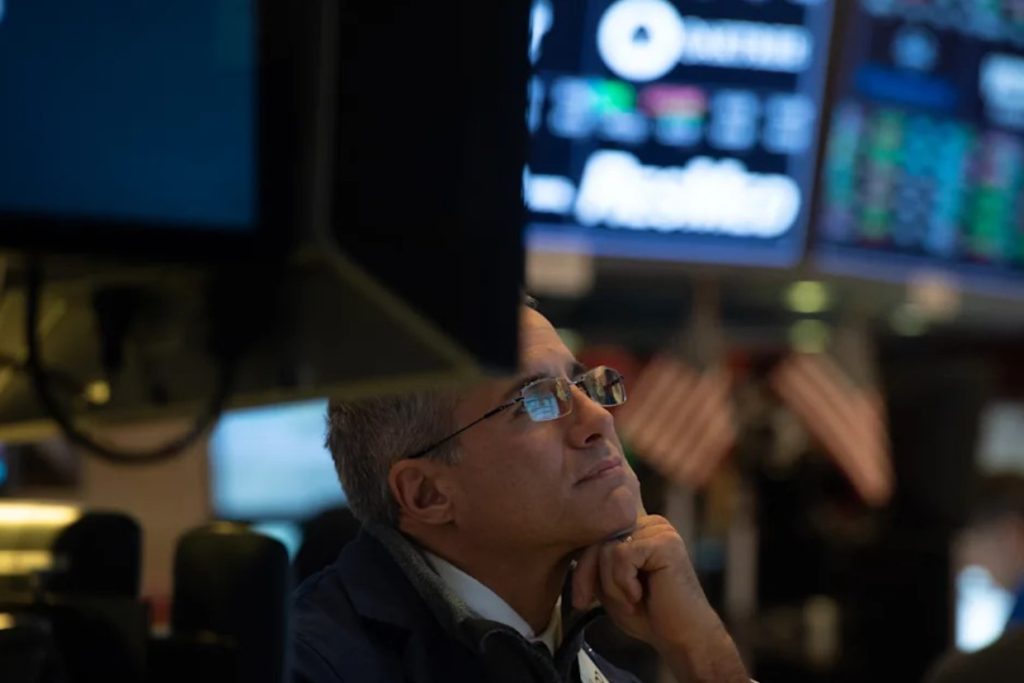
Some reassuring words on record-setting markets into the New Year from JPMorgan strategists.
“In particular, outside of the Big 10 stocks in the U.S., equity drawdowns and multiple de-rating have been severe. Russell 3000 was down only -4% and Nasdaq Composite -7% from 12-month highs, however, the average drawdown for constituents in these indices was -28% and -38%, respectively. Some argue this price action is a harbinger of late-cycle dynamics or at least an intra-cycle 10-20% market correction. In our view, conditions for a large sell-off are not in place right now given already low investor positioning, record buybacks, limited systematic amplifiers, and positive January seasonals,” said JPMorgan chief macro equity strategist Dubravko Lakos-Bujas in a new research Monday.
Lakos-Bujas doesn’t appear to be alone in the bullishness.
The S&P 500 hit an intraday record early on in Monday’s session as investors bid up stocks despite rising Omicron-related infections globally. Gains were fueled by upbeat holiday retail sales data out of Mastercard SpendingPulse. If the S&P 500 closes at a record, it will mark the 69th time this year the index has hit a record high. The S&P 500 has notched a record close on nearly 30% of trading days this year, according to Bloomberg.
Meanwhile, 26 out of 30 components of the Dow Jones Industrial Average were in the green, paced by gains in Home Depot, Cisco, and Yahoo Finance Company of the Year Microsoft.
Traders also nibbled at high multiple tech stocks such as Nvidia, which held down the spot as the top trending ticker on the Yahoo Finance platform for most of the session.
With the momentum in the markets persisting despite numerous macroeconomic and health concerns, Lakos-Bujas says investors should stay in risk-on mode.
“We find the current setup very attractive for high beta stocks — emphasizing both sides of the barbell: (1) on the value/cyclical side, in particular, reopening stocks (such as travel, leisure, hospitality, experiences) and energy; (2) on the secular growth side various high beta segments (such as payments, e-commerce, gaming, cybersecurity, biotech) have already seen significant multiple de-rating (i.e., -30% to -70%), yet fundamentals for many of these themes remain intact with continued strong secular growth and large addressable market sizes. Historical analysis (30+ years) shows that the largest outperformance of high beta stocks tends to be in January (i.e., tax-loss harvesting, investor bottom fishing, etc.),” writes Lakos-Bujas.























